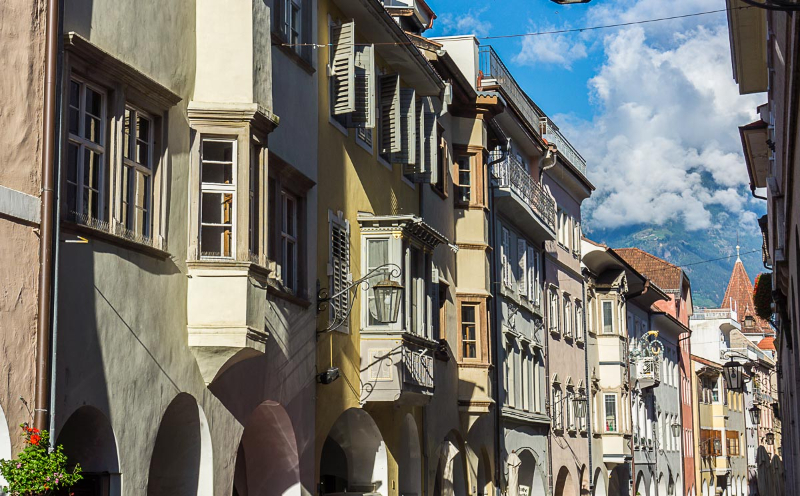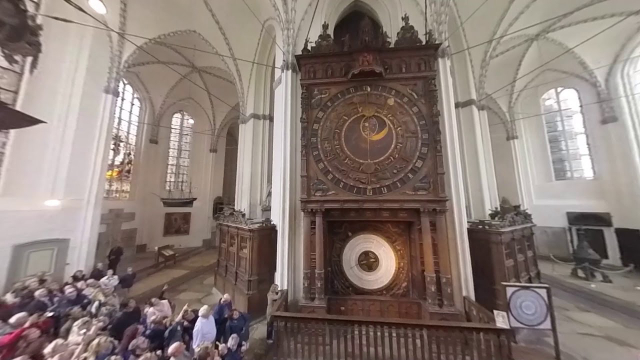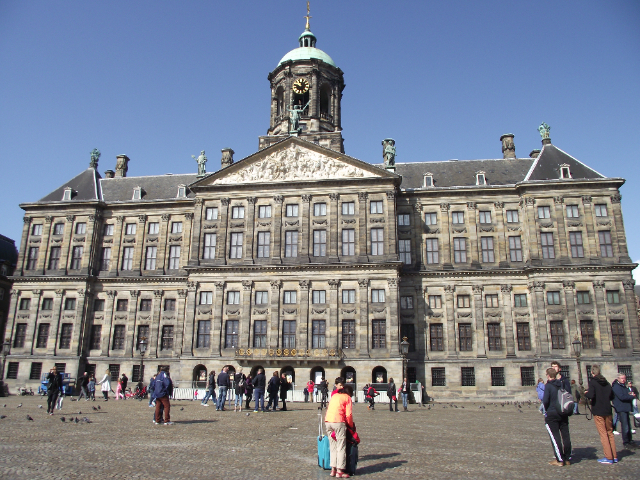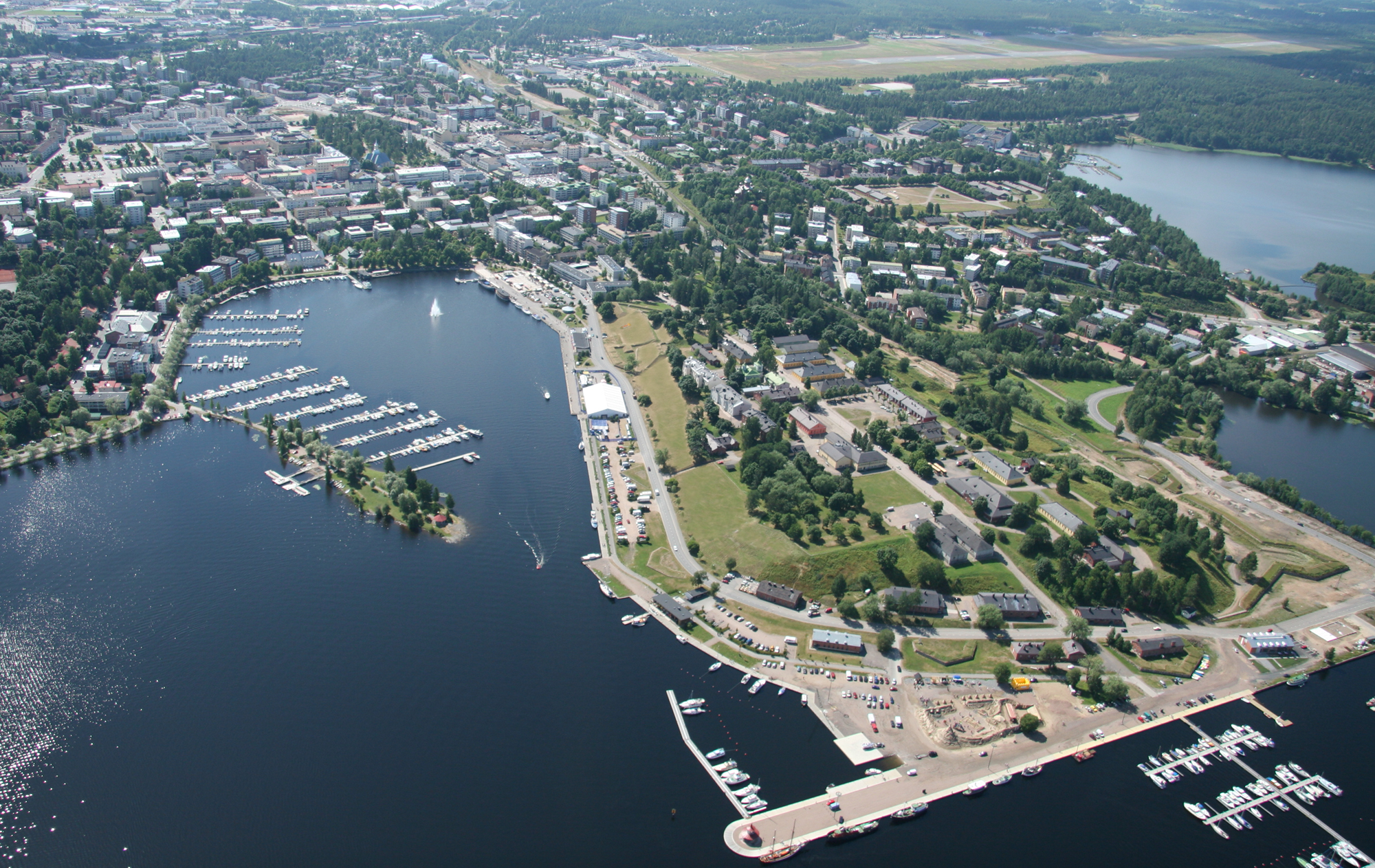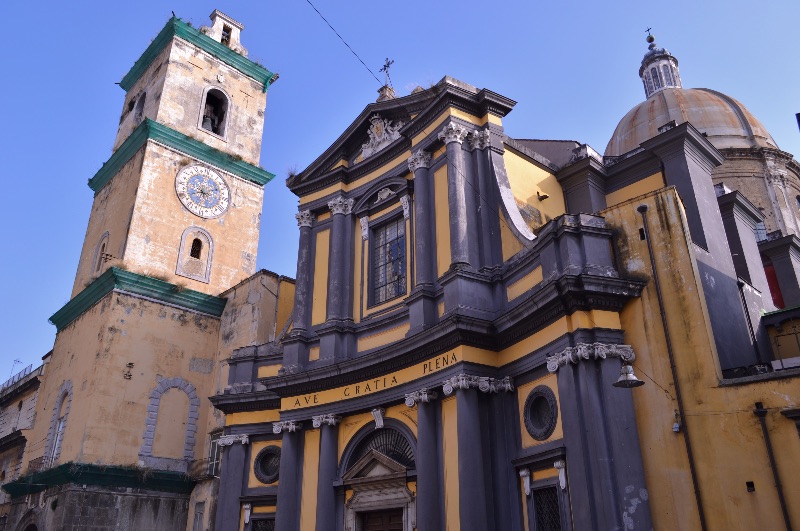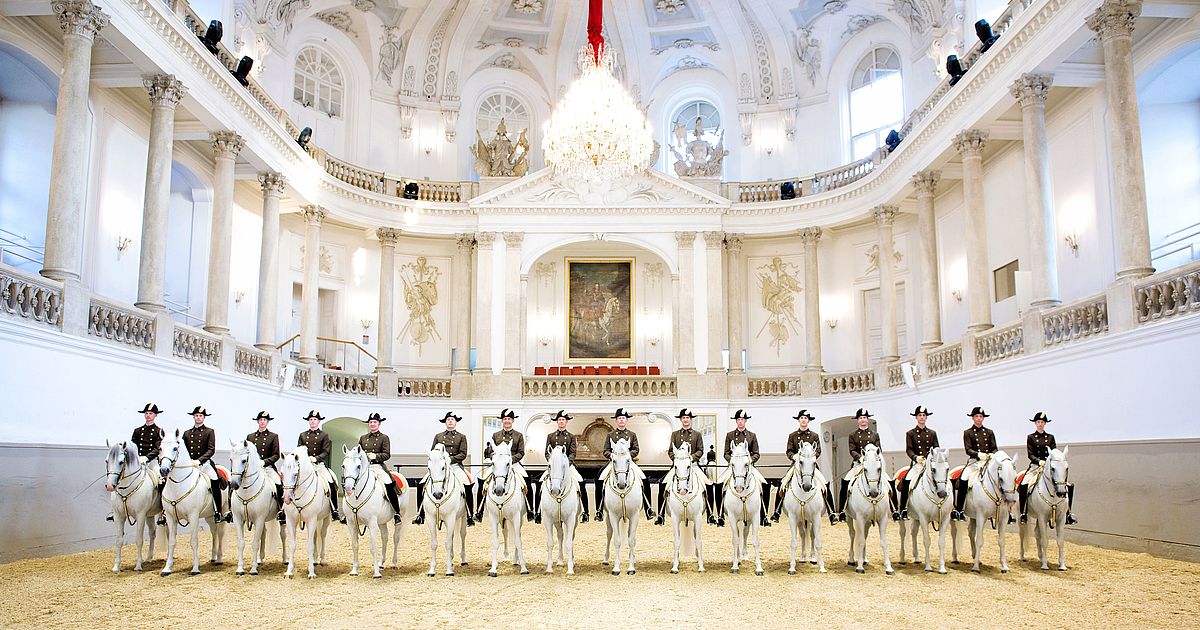The fact that saffron was produced in Umbria, and therefore also in Castel della Pieve, from at least the 13th century onwards, is testified by the Statute of Perugia of 1279, which forbade the planting of saffron by foreigners in the district of Città della Pieve. It was therefore a sort of customs protectionism operated by the authorities of the dominant city. In the 1530 Statutes of the Gabella di Castel della Pieve, among other rubrics, the harvesting of saffron appears. It specifies that the Pieve producers must report their quantity to the Town Council by 8th November and consequently pay the tax. Fines were foreseen for those who did not report correctly and anyone was invited to inform on the matter for a large fee.
In the Statuti del Danno Dato (Statutes of the Given Damage), again from 1530, there is a detailed list of all the possible damage to the saffron fields by individuals or animals and the relative compensation to the owner. From the above it can be seen that the production of saffron was very important for the economy of the city. The plant was mainly used for dyeing fabrics, if Castel della Pieve was an important centre for the production of cloth as early as the 13th century. At the end of the 1970s, the agronomist Alberto Vigano planted some saffron bulbs from Spain on his properties in the Pieve area. From this experience, in those years, other cultivations were derived by some growers from Pieve who were also fascinated by the spice. In June 2002, with the active collaboration of the Municipal Administration of Città della Pieve, the Mountain Community of Monti del Trasimeno and the Faculty of Agriculture of Perugia, together with others such as Gal Trasimeno Orvietano, Slow Food – Trasimeno Convivium and Trade Associations, the Consorzio Alberto Viganò "Il Croco di Pietro Perugino – Zafferano di Città della Pieve" was born.


